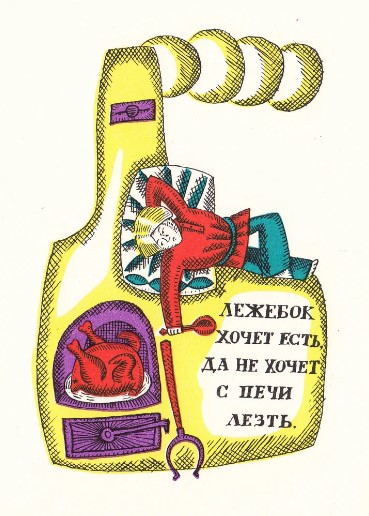
January 1966 visit to St. Augustine’s Castillo de San Marcos (that’s little moi in the white glasses with mom & big sis)
Below are some shells seen and collected during a recent outing to Sanibel Island… among them, the tiny, colorful coquina. Millions line the shore, and at low tide, you can watch them jiggle and maneuver as they wait, and hope, for the tides to shift back in their favor.
Whenever I see coquina shells, St. Augustine always comes to mind. If you’ve been to that beautiful, historic city on Florida’s NE coast, you know that the Spanish quarried coquina rock (a limestone composed of sand and mollusk shells found in NE Florida) to build their Castillo de San Marcos (known for some time as Fort Marion) from 1672 to 1695.
I first saw the fortress at age 5, and it, and the coquina rock, made a huge impression on me. The old ‘downtown’ as well, of course, which was supplemented by Henry Flagler’s amazing architectural creations in the 1880s. What kid would not be awestruck by all that?! And, goodness, let’s not forget Ponce de Leon’s ‘Fountain of Youth‘ up the street from the fort. (I think I am way more interested in that fountain now than I was even back then!!! 😉 )
Of course, I’m not alone—for generations, St. Augustine has been casting a spell on travelers. I found one visitor’s account from 1890 (below; scroll down); much of what they wrote about then could easily be experienced today.
Well, have a good weekend all; we’ve ‘cooled down’ here to a chilly 82! I think we’ll go fishing.




St. Augustine, Florida, 1898

Fort Marion, St. Augustine and harbor, Detroit Publishing Company, 1898 (Library of Congress image LCCN2008678231 – No known restrictions on publication)
A visitor’s perspective – Duluth Evening Herald, Saturday, March 15, 1890
(courtesy of http://www.fultonhistory.com)






















